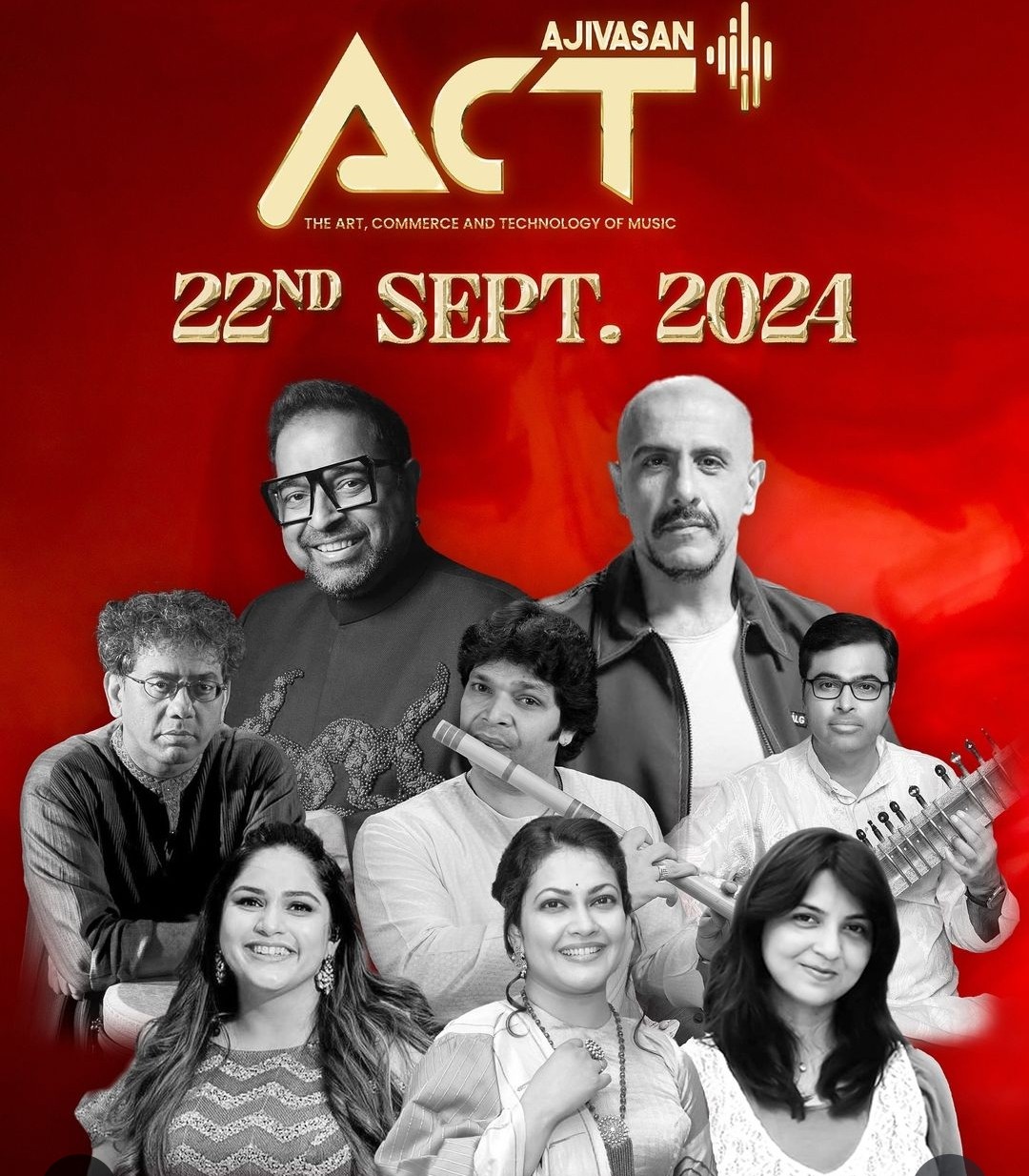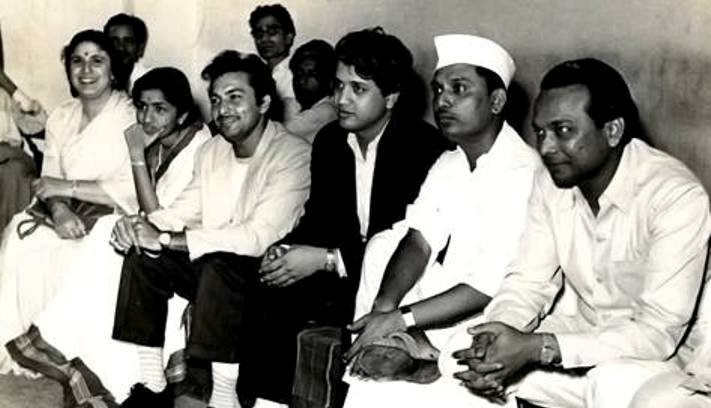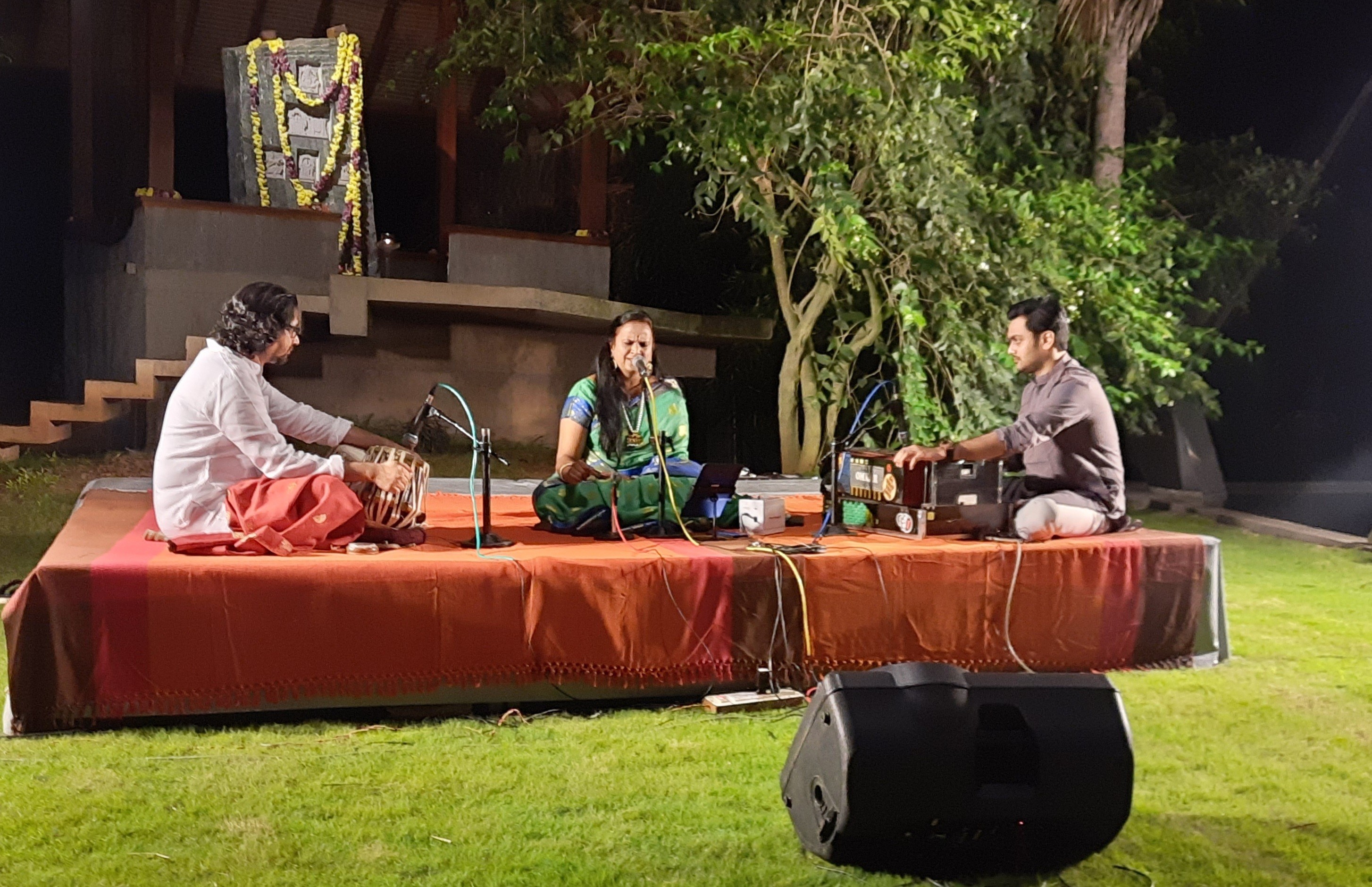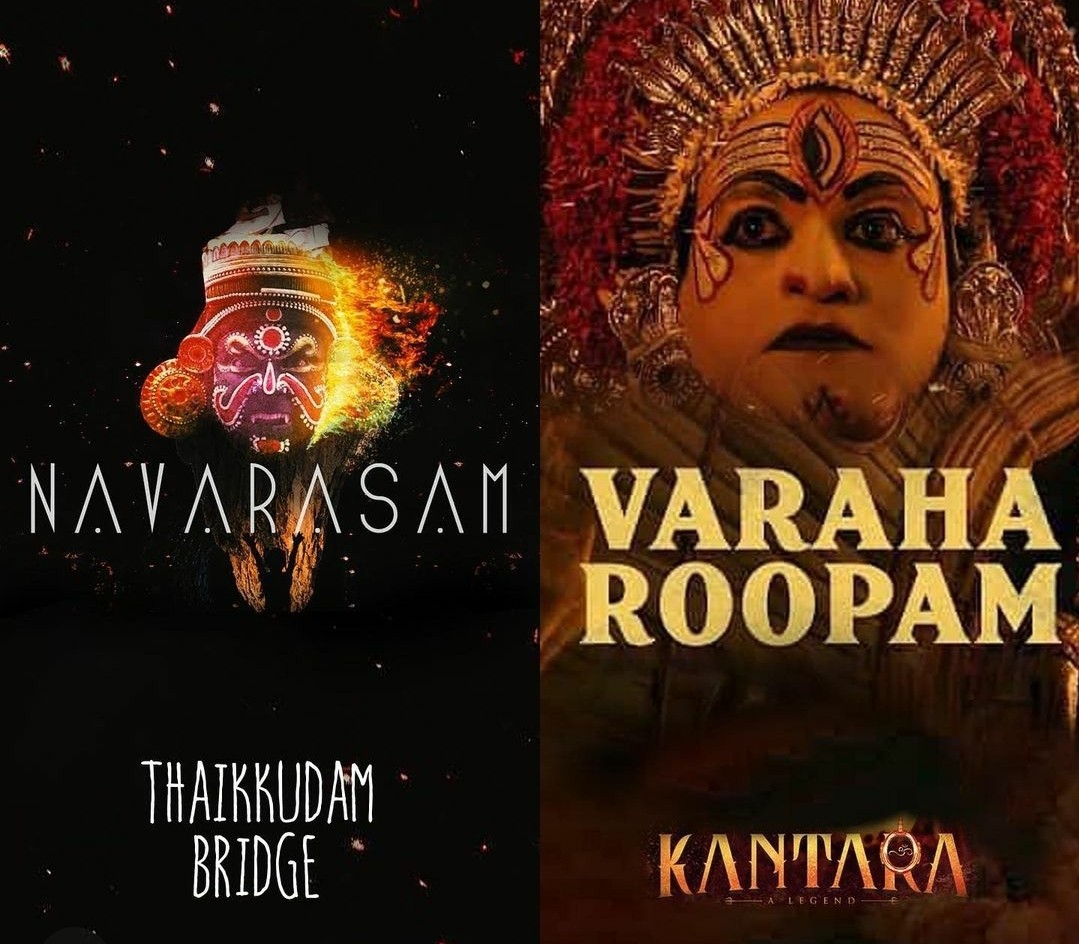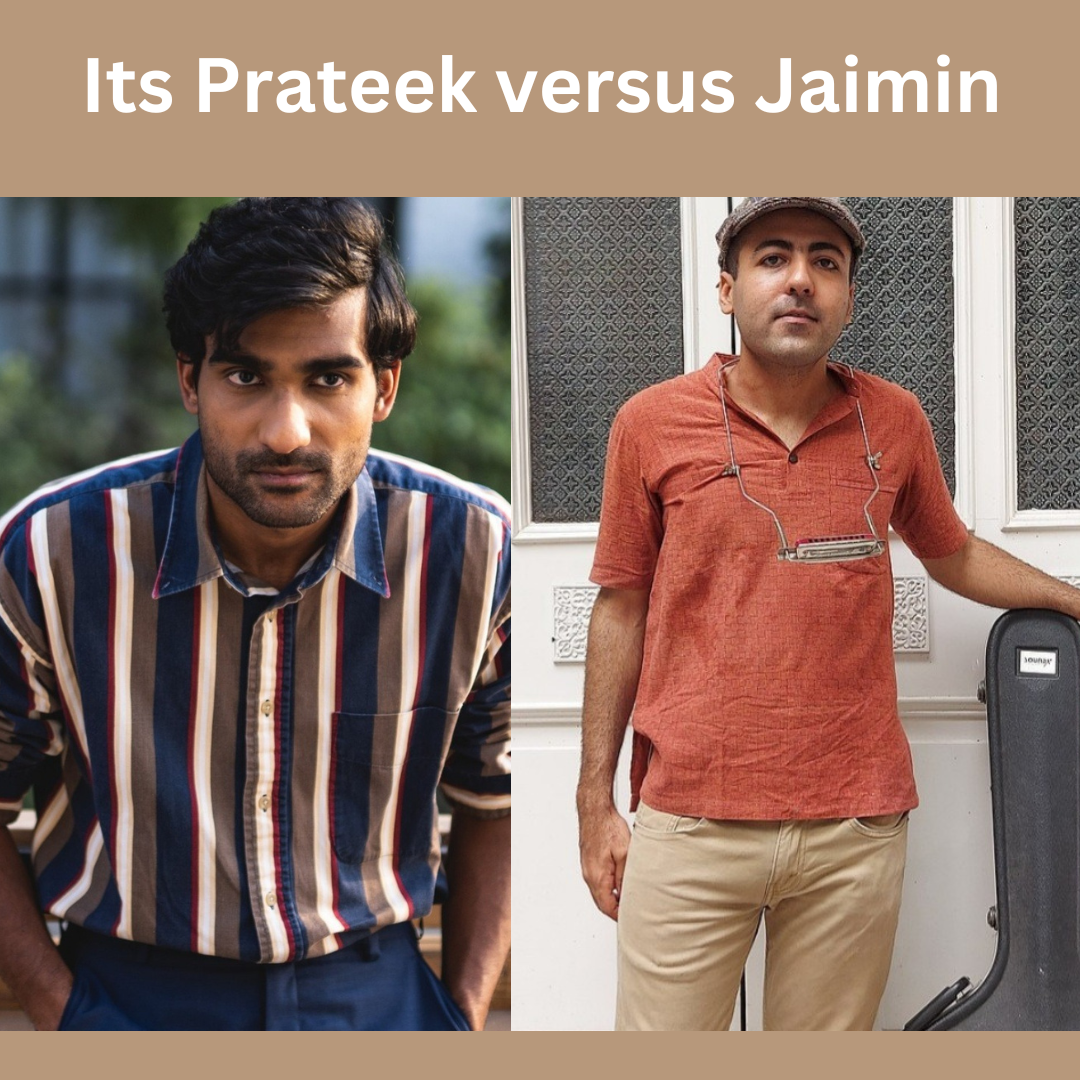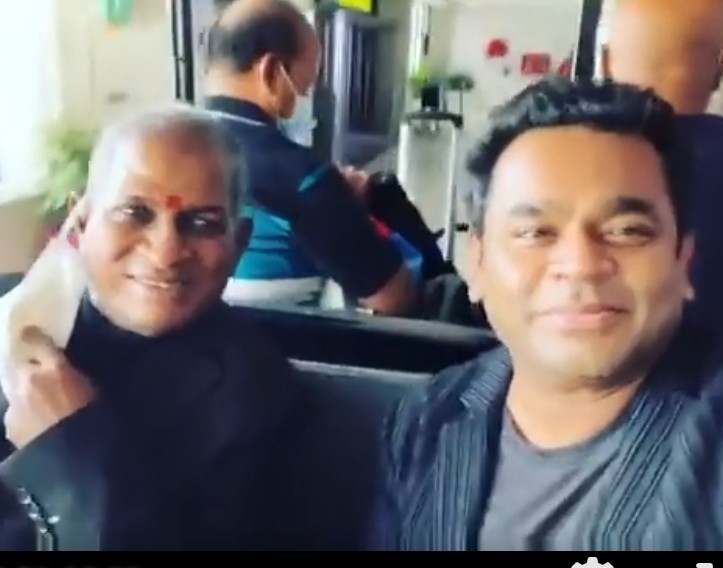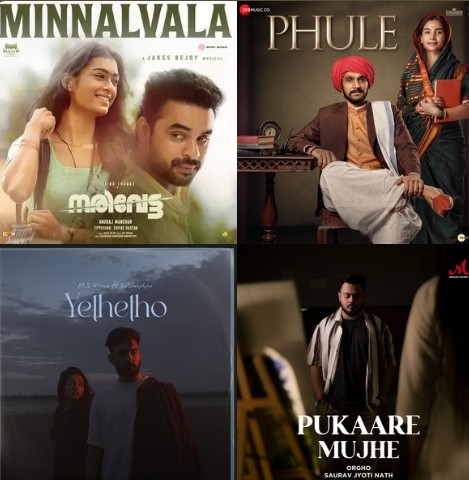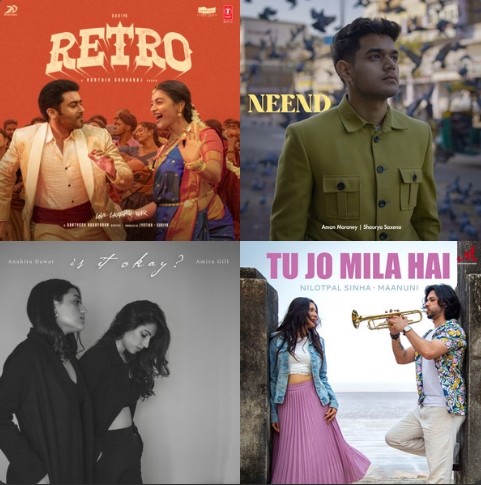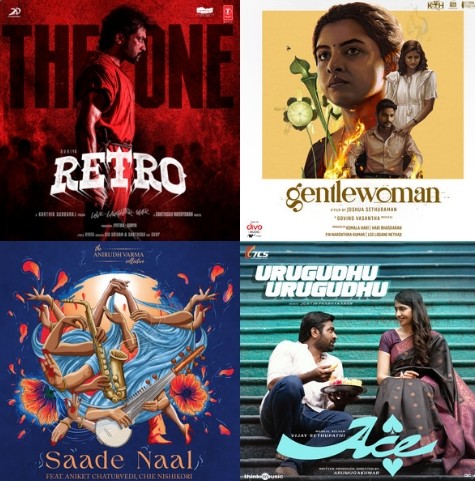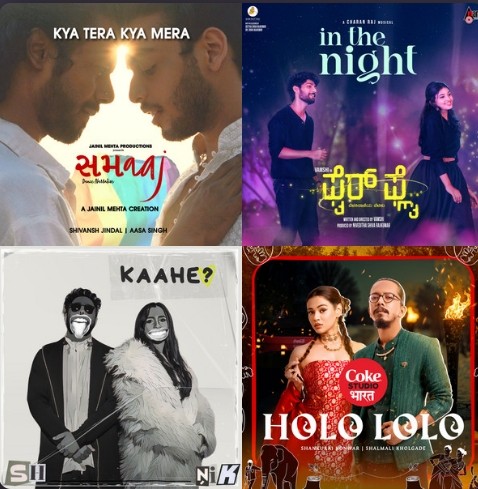A Day at Ajivasan's ACT 2024
If someone told me that a Sunday afternoon could be well spent sitting in a crowded auditorium, listening to musicians talk, I would probably say "I'll pass". I am glad I never did that and today as I sit and write this article, I feel a couple of notches smarter and more informed about music, the art form, the business and life itself. I was invited to attend the Ajivasan Music and Dance Academy's ACT 2024 day-long event. This is an institute which has a rich history of nurturing talent and creating amazing professionals in the fields of music and dance. The respected musician Suresh Wadkar established this institute I was witness to humility and gratitude towards Suresh ji from so many established musicians. The eventful day had 4 sessions with stalwarts like Purbayan Chatterjee, Vishal Dadlani, Taufiq Qureshi, Priyanka Barve, Sagarika Das, Aishwarya Bhandari, Rakesh Chaurasia and Shankar Mahadevan. I will be now mentioning the common themes and topics that were discussed throughout the day and the striking answers and viewpoints given by the esteemed celebrity musicians. How should youngsters approach the field of music?The ACT 2024 was primarily an opportunity for Ajivansan Institute's young music and dance students to meet their idols and they had numerous questions like these. Every musician who took the stage was patient, benevolent and candid with their responses. Vishal Dadlani had some great words of wisdom, and with all the frank responses he impressed me. A simple anecdote will explain this. A few students who were seated in the first few rows wanted to show off their singing skills. When one of them was handed the microphone, he performed a Vishal-Shekhar melody. I wasn't too impressed and within a few seconds, Vishal stopped the lad and said "Why are you trying hard to sing in a way which doesn't seem natural? I don't think this is your natural voice. Don't imitate any style, please be yourself". I loved hearing this, because this is the truth that we are facing, a world of imitators who lack originality. Vishal went on to advise students to wait patiently and keep doing the hard and good work until they make it big someday. He rightly said that when young musicians make it big they should remember to never let a young musician jump through hops and struggles. Tabla exponent Taufiq Qureshi said that it was important for percussionists to start with the Tabla or Mridangam and learn the basics of this versatile instrument, so that they can later move on to drums, Djembe or whatever attracted them. Vishal was very open to giving names of legends who percussion students should idolise like Steve Gadd, Ringo Starr, Jai Kow Ravi and Gino Banks. How will young musicians decide whether to pick singing or playing an instrument?Rakesh Chaurasia had a very thoughtful response, and he said parents should show young children YouTube videos of anything related to music. It could be a song, an instrumental or just a talk on any instrument too with some demonstration. The moment the kid's eyes light up is when one realises what pleases the kid the most. Purbayan recommended that everyone visit the Indian Music Experience Museum in Bengaluru to understand INdia's heritage and culture of music. I must agree with Purbayan ji, as I made this visit in 2023 to the museum and fell in love with the concept, items on display and the information available. What should students learn and imbibe to be a music composer?A very pertinent question this was and I loved two responses the most for this and here they are. Vishal Dadlani says that one should try and make a good melody first. The artist must not worry about introducing emotions and all that jazz at the initial stages of writing a song. Production and other departments will handle that. Shankar Mahadevan believes every singer has a composer inside and only self-discovery is needed to find the composer. He believes that no inhibition can help in the process and a composer must be like a singer in the bathroom all alone and in front of a mirror. This is when one is free and has no external and unwanted influences. How should an accompanying instrumentalist perform?This question was posed to Taufiq Qureshi, Rakesh Chaurasia and Purbayan Chatterjee in the day's 3rd session. Here are a few glimpses from that delightful episode. Purbayan asked the crowd if anyone would listen to a live concert if all instruments were switched off and only the singer was performing. He did make a valid point and he said that it would be difficult to listen to the performance for more than a few minutes without instrumental support, driving home the point that instrumentalists were crucial to music. The funniest on the stage was Rakesh ji who has a wonderful sense of humour. He said that film music teaches classical musicians to perform at the right level. He said that he has learnt it over many years because, without film music experiences, instrumentalists would not know when to stop. Jokingly Rakesh ji said that classical musicians would eat up a whole jar of pickles if not for film music which teaches you to add only a spoonful of it to your meal. On a serious note, he said that a supporting instrumentalist should understand whether he/she wants to make a song sound beautiful or get a lot of claps. Taufiq pointed out an example from Zakir Hussain who said that an instrumentalist in a concert was like a driver who must ensure the passenger (the vocalist) reaches home safe and sound. All 3 of them agreed that a musician must know a song in full if he/she wants to be successful as an instrumentalist in a concert, knowing when to back off, and when to lead and provide service in the melody.
